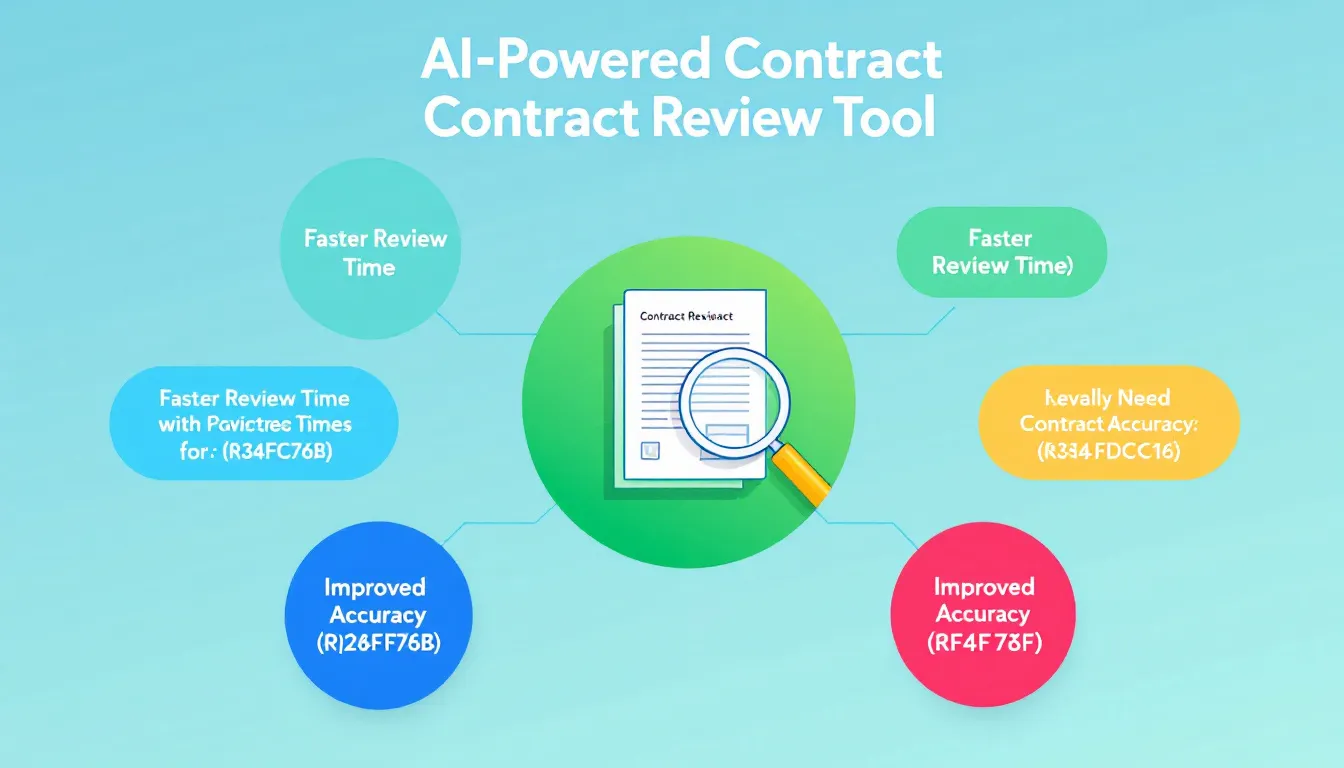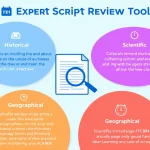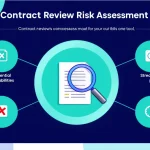Contract Review Form
Is this tool helpful?
How to Use the Contract Review Tool Effectively
This Contract Review Tool gives you expert legal analysis of your contracts quickly and accurately. To get the best results, follow these steps carefully:
- Specify the Contract Type: Enter the contract type in the field provided. For example, you might try “Service Level Agreement” or “Partnership Agreement” to help the tool understand what kind of document you’re submitting.
- Paste the Full Contract Text: Copy and paste the entire contract into the text box. Include every section, clause, and appendix. For instance, a distribution agreement or a supplier contract text should be entered completely for a thorough review.
- Provide Industry Context (Optional): Add the relevant industry or sector if you like. This might be “Manufacturing” or “Financial Services”. This information helps tailor the analysis to industry-specific standards or risks.
- Highlight Specific Concerns (Optional): If you want the analysis to focus on particular issues, type them in this field. Examples include “Review indemnity clauses” or “Check termination penalties”.
- Submit for Review: Click the button to send your contract for expert analysis. The AI will process your input and provide a detailed review.
Once submitted, you’ll receive a comprehensive breakdown highlighting key points, risks, and actionable advice based on your contract type and provided context.
Introducing the Contract Review Tool: Definition, Purpose, and Benefits
This Contract Review Tool is an AI-driven legal assistant designed to analyze contracts with the insight of a lawyer who has over 50 years of experience. It carefully examines every clause and provision to ensure your agreements protect your interests, comply with legal standards, and avoid costly pitfalls.
What the Tool Does
It reviews your contracts for ambiguous language, missing essential clauses, unfavorable terms, and potential legal risks. By combining artificial intelligence with deep legal knowledge, it delivers fast, consistent, and accurate analysis any time you need it.
Why Use This Contract Review Tool?
- Speed: Complete complex contract reviews within minutes instead of days.
- Consistency: Every clause receives the same thorough scrutiny to reduce overlooked issues.
- Cost Savings: Obtain expert-level guidance without the expense of hiring a lawyer for every contract.
- Custom Advice: Tailored recommendations aligned with your industry and specific concerns.
- Comprehensive Coverage: Handles diverse contract types across industries including technology, healthcare, finance, and more.
Who Benefits from This Tool?
This tool is ideal for business owners, freelancers, HR managers, startup founders, and nonprofit leaders who want to protect themselves legally without waiting for or paying high legal fees.
Practical Use Cases for the Contract Review Tool
Here are examples of how you can use this tool in real-world scenarios to improve your contract management and decision-making process:
1. Startup Founders Reviewing Investment Agreements
When negotiating funding, founders can input term sheets and investment contracts. The tool highlights critical points like equity distribution, voting rights, and protective provisions that could affect control over the startup.
2. Small Business Owners Checking Commercial Lease Agreements
Business owners expanding into new locations can analyze lease agreements. The tool spots unfavorable clauses such as unlimited rent increases, liability terms, or restrictive use provisions and suggests how to negotiate better terms.
3. Freelancers Evaluating Client Contracts
Freelancers can identify overly broad intellectual property clauses, unclear payment schedules, or one-sided termination rights that might disadvantage them, helping to negotiate fairer conditions.
4. HR Managers Updating Employment Contracts
HR teams can review contracts against the latest labor laws, ensuring terms like overtime rules, confidentiality agreements, and remote work policies are compliant and balanced.
5. Nonprofit Organizations Reviewing Grant Agreements
Nonprofits can analyze funding contracts to understand reporting requirements, usage restrictions, and deadlines to avoid violating grant terms.
Key Features and Advantages of the Contract Review Tool
Risk Identification and Mitigation
The tool highlights ambiguous clauses, missing protections, and unfavorable terms that could create legal exposure. For example, it flags one-sided indemnity agreements or overly broad intellectual property assignments so you can address them before signing.
Improved Efficiency and Cost Reduction
By automating the initial review, you get prompt feedback without costly legal bills or long waiting periods. This lets you focus on negotiations and decision-making faster.
Consistent and Accurate Analysis
The AI applies the same legal standards and scrutiny every time, ensuring no critical detail is missed regardless of contract length, complexity, or reviewer fatigue.
Tailored Insights Based on Your Input
When you specify industry context and particular areas of focus, the tool customizes its review and advice to your situation. This personalized approach increases the relevance and usefulness of the analysis.
Educational Benefits
The detailed explanations help you understand legal language and contract structure. Over time, you’ll become more confident spotting key issues and negotiating better agreements.
Important Disclaimer
The calculations, results, and content provided by our tools are not guaranteed to be accurate, complete, or reliable. Users are responsible for verifying and interpreting the results. Our content and tools may contain errors, biases, or inconsistencies. Do not enter personal data, sensitive information, or personally identifiable information in our web forms or tools. Such data entry violates our terms of service and may result in unauthorized disclosure to third parties. We reserve the right to save inputs and outputs from our tools for the purposes of error debugging, bias identification, and performance improvement. External companies providing AI models used in our tools may also save and process data in accordance with their own policies. By using our tools, you consent to this data collection and processing. We reserve the right to limit the usage of our tools based on current usability factors.







